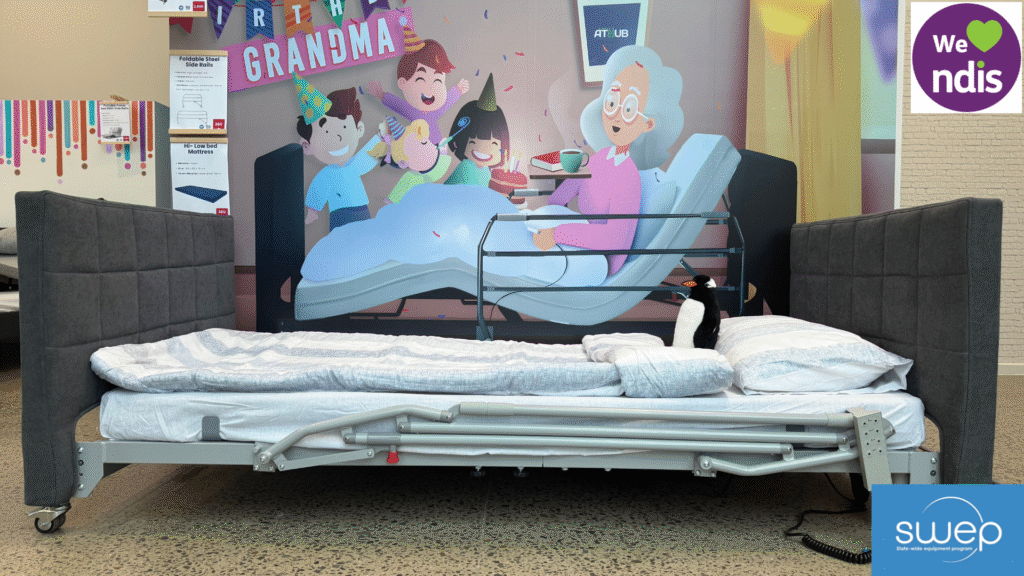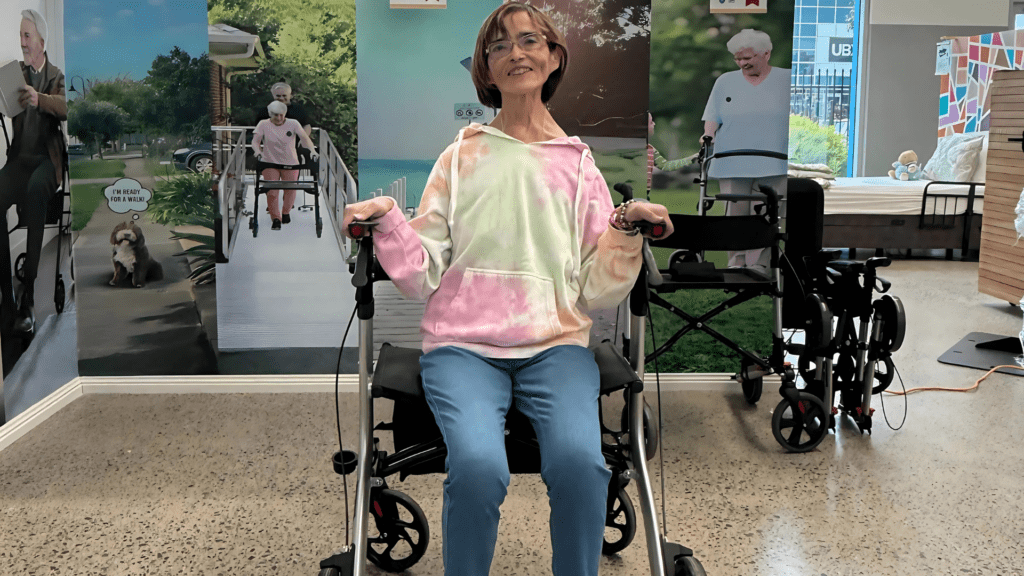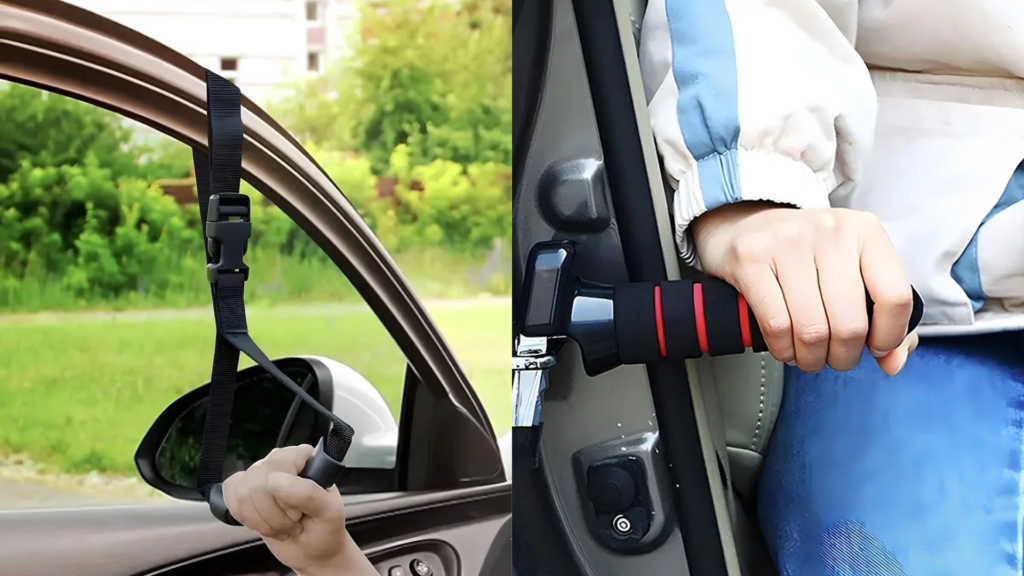Access to safe, comfortable, and adjustable home care beds is essential for many elderly Australians, people with disabilities, and those recovering at home. In Victoria, funding support is available through both the National Disability Insurance Scheme (NDIS) and the State-Wide Equipment Program (SWEP). Understanding the differences, eligibility, and application processes can help users and their carers make informed choices.
Understanding NDIS and SWEP Differences
The NDIS is a federal program that supports eligible individuals with permanent and significant disabilities. It funds a wide range of assistive technology, including NDIS aged care beds in Victoria, if these items are deemed “reasonable and necessary” for the participant’s functional goals.
On the other hand, SWEP is a Victorian government initiative that assists with funding or subsidising equipment for people with disabilities and health conditions. SWEP works with public health professionals to ensure clinical need is matched with suitable equipment, especially for those not covered by the NDIS.
For more details on our product range, visit the Aged Home Care Beds collection.
Who Is Eligible for Funded Home Care Beds?
NDIS Eligibility
- You must be an NDIS participant with an approved plan.
- Your need for an adjustable or electric bed must be linked to achieving daily living goals or ensuring safety.
- You will require a functional assessment and clinical justification from an occupational therapist (OT).
SWEP Eligibility
- You must be a Victorian resident with a long-term disability or health condition.
- You may or may not be eligible for the NDIS.
- You must work with an endorsed prescriber (usually an OT or physiotherapist) who submits a quote and application on your behalf.
Some users may qualify for both programs depending on their health, age, and existing coverage.
How to Apply with OT Support
Both funding pathways require an occupational therapist assessment. This assessment determines what kind of bed and features are clinically necessary based on the participant’s mobility, risk of falls, pressure care needs, and sleeping posture.
Steps include:
- Clinical Assessment: Your OT evaluates your functional needs and living conditions.
- Product Trial or Recommendation: A trial of the bed (at home or in a clinic) may be arranged. See Portable Power Bed with Side Rails as an example.
- Quote Submission: Your OT requests a quote from an approved provider such as Care With Us.
- Funding Application: Your OT submits supporting documentation and quote to the NDIS or SWEP.
The process differs slightly for each program but typically takes 2–6 weeks depending on documentation accuracy and urgency.
Approved Bed Features for Funding
To be eligible under NDIS or SWEP, beds must meet certain clinical and safety standards. Common approved features include:
- Height-adjustable bases for ease of transfers
- Hi-low functionality for caregiver access
- Side rails for fall prevention
- Electric controls for independent positioning
- Pressure care compatibility
- Portability for at-home or facility-based care
Products like the Portable Power Bed with Side Rails are often recommended due to their safety and adaptability in home settings.
Choosing a SWEP/NDIS Provider in Victoria
It’s important to work with a provider that understands the funding system and offers eligible products. Care With Us is a trusted supplier of NDIS and SWEP-approved home care beds in Victoria. Our team collaborates with OTs, support coordinators, and carers to ensure the right product fit and smooth quote submission process.
You can also visit our full aged care bed product range or contact our support team for help navigating the process.
Frequently Asked Questions (FAQs)
1. Can I apply for both NDIS and SWEP funding for the same bed?
Generally, NDIS and SWEP do not fund the same item at the same time. If you’re an NDIS participant, your assistive technology needs will be covered under your plan. SWEP may apply if you are not eligible for the NDIS.
2. Do I need a prescription or OT letter to get a funded bed?
Yes. Clinical justification from an OT is required for both NDIS and SWEP applications. This ensures the bed aligns with your physical needs.
3. How long does the SWEP funding process take?
Processing times for SWEP depend on your priority level (e.g. urgent vs general need) and documentation completeness. Typically, expect 2–6 weeks from submission to approval.
4. What if I need my bed urgently?
If there’s a clinical urgency, your OT can indicate this in the application. In some cases, a loan bed may be available while funding is processed.
5. Are voice-controlled beds eligible for funding?
Yes, if clinically justified. Features like voice control or remote operation are fundable when they assist with independence and safety. For example, view our Voice-Control Homecare Hi-Low Bed.



